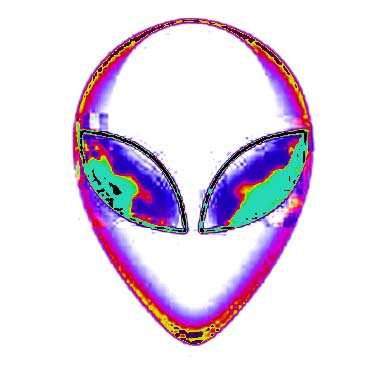The Kuiper belt is a region of the Solar System beyond the planets extending from the orbit of Neptune (at 30 AU) to approximately 50 AU from the Sun. It is similar to the asteroid belt, although it is far larger—20 times as wide and 20 to 200 times as massive. It consists mainly of small bodies, or remnants from the Solar System's formation. While the asteroid belt is composed primarily of rock, ices, and metal, the Kuiper objects are composed largely of frozen volatiles, such as methane, ammonia and water. The classical (low-eccentricity) belt is home to at least three dwarf planets: Pluto, Haumea, and Makemake. Some of the Solar System's moons, such as Neptune's Triton and Saturn's Phoebe, are also believed to have originated in the region. Since the belt was discovered in 1992, the number of known Kuiper belt objects has increased to over a thousand, and more than 70,000 KBOs over 100 km (62 mi) in diameter are believed to exist. Pluto is the largest known member of the Kuiper belt, if the scattered disc is excluded. In Pluto's honour, the four currently accepted dwarf planets beyond Neptune's orbit are called "plutoids". Keep'emPeeled.

No comments:
Post a Comment